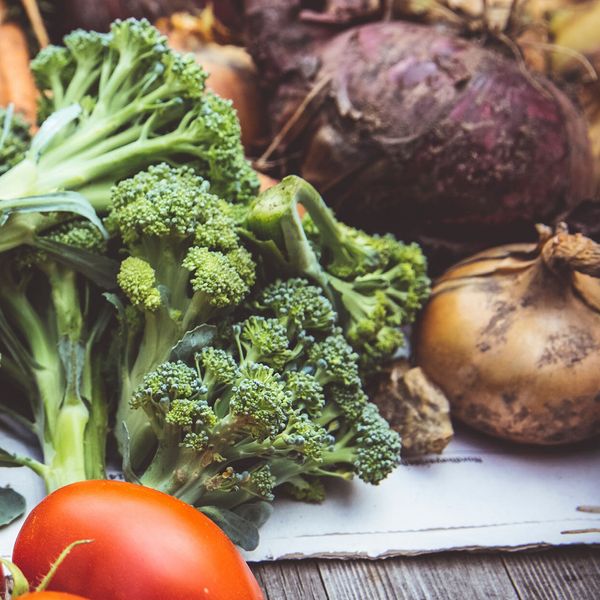For many of us, there’s nothing better than the joy of cultivating a garden. Whether you have an expansive space filled with flowers and neatly-trimmed grass or a smaller yard with a few potted plants, caring for plantlife can be wonderful. Many gardeners also enjoy the mood-boosting benefits of time spent outdoors.
If you’re ready to take the next step on your gardening journey, you might be thinking about growing your own vegetables. Vegetables demand a little more knowledge and attention than many garden plants, but the rewards are far more significant too. For one thing, you can pick, prepare, and share the fruits of your labour with the people you love.
In this vegetable growing guide, we’ll share everything you need to know before starting out. From choosing an ideal plot to selecting the easiest vegetables for growing at home, you’ll be enjoying a fresh, colourful diet before you know it.
Choosing the right spot for a vegetable patch
Just like choosing a home for yourself, the location has a significant impact on your vegetable patch’s health and success. If you plant your vegetables in the right place, you’ll enjoy larger, juicier crops that are bursting with flavour. Here are a few tips to help get you started.
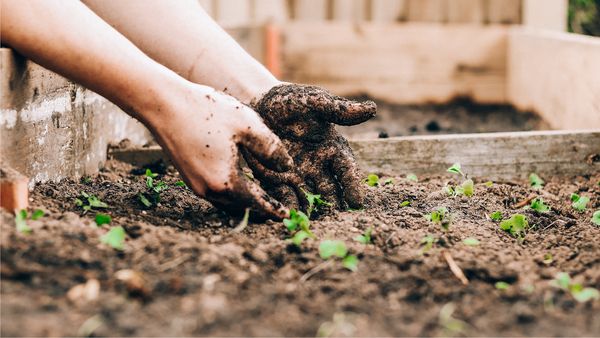
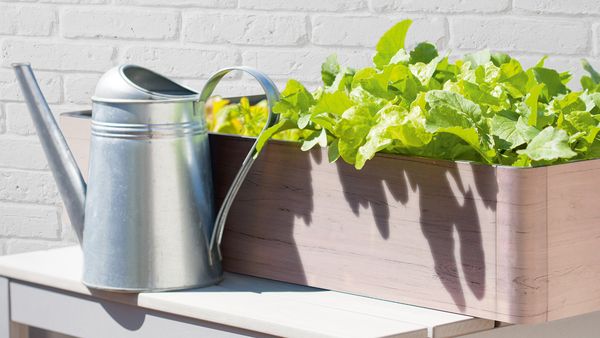
Plant your vegetables in a sunny area
Of course, sunlight is one of the most important factors to think about when planting your vegetables. Most vegs need around six hours of direct sunlight every day, so avoid shaded spots underneath trees or too close to your house.
Note: some leafy plants and herbs prefer less sunlight, which means they grow best semi-sheltered by trees or partially shaded by buildings.
Choose a spot with well-drained soil
If you plant your vegetables in a soggy part of the garden, where soil can’t drain and you find rainwater pools, your crops are sure to fail. If you don’t have any other options available, don’t worry! A raised planting bed can help sidestep the issue.
Before you plant your seeds, dig up the soil in your vegetable patch and make sure there are no stones that might interfere with root growth.
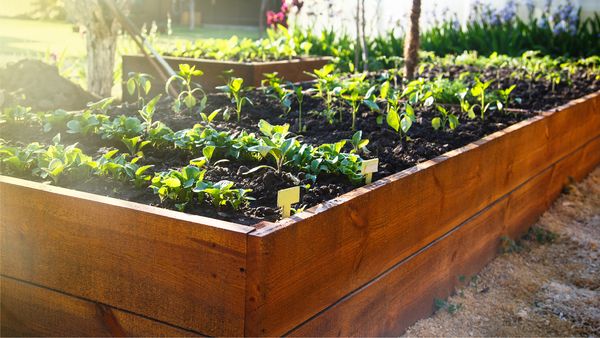
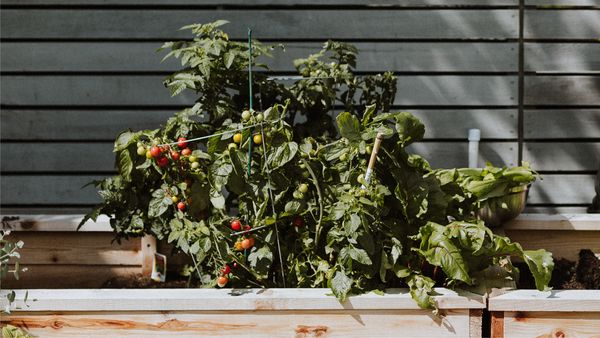
Plant vegetables somewhere stable and out of the way
You’ll want to start your vegetable patch in a part of the garden that’s sheltered from the wind, which could knock young plants over or shake them at their roots. If you don’t have a place that fits the bill, consider adding low fence panels to protect your crops.
It’s also best to avoid busy areas with lots of foot traffic; if you plant your veggies in the middle of your kids’ play area, they’re almost sure to end up trampled.
Start with a small vegetable patch
When you’re picking the place for your veg to grow, it’s always best to start small. New gardeners should focus on perfecting one or two veggies before branching out into more challenging territory. It’s also a good idea to grow the right amount for your needs, so you don’t end up eating the same thing every day. Prepare a small patch, but choose an area that has the potential to expand.
You should also make sure you can easily reach the centre of your vegetable patch without trampling on its edges. If you’re building a large bed, include paths that let you access the plants in the middle.
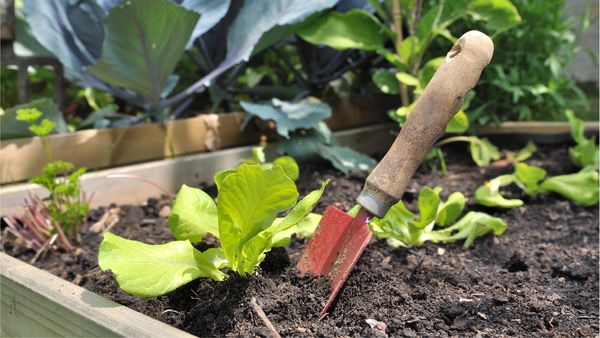
Which vegetables are the easiest to grow?
Many of the easiest vegetables to grow are sure to thrive in your garden patch. At the same time, others can grow successfully in pots or window boxes. Some types of vegetable reign supreme when it comes to time and reward; these options are straightforward to grow with little to no gardening experience.
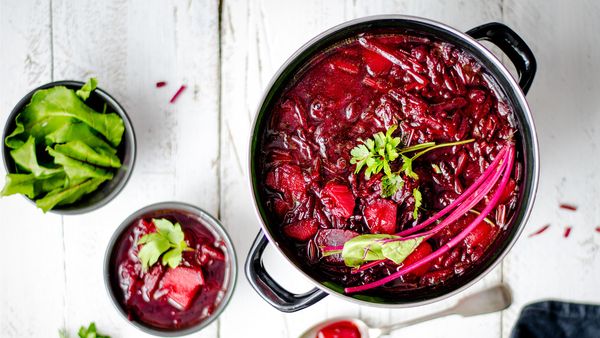
Beetroot – can be planted and ready to harvest in a few weeks
Salad leaves – can be grown in pots and grow back quickly after each harvest
Tomatoes – bush tomatoes don’t need supports and grow well in greenhouses and outside
Potatoes – simply plant them, cover them in soil, and harvest a few weeks later
Peas – require very little time, and the more you pick, the more will grow!
Radishes – their large seeds are easy to plant and will be ready to harvest in a few weeks
Chillis – these grow well in window boxes or sunny vegetable patches

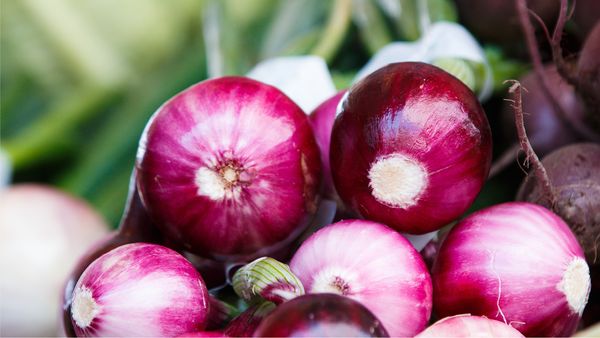
Courgette – just a few plants produce lots of vegetables
Spring onions – these quick-growers are useful in lots of recipes
Broad beans – sturdy, easy-to-grow, and bees love to pollinate their flowers
Runner beans – use a frame to grow this climbing plant, then pick to see more growing back
Onions – plant the bulbs in well-drained soil, then leave them to grow for several weeks
Garlic – like onions, plant the bulbs, then sit back and wait
How to grow vegetables at home
Now your vegetable patch is ready, and you’ve chosen the right seeds, it’s time to start planting! Follow these steps to prepare and grow easy vegetables at home.
1. Clear the soil before you plant
Remove any weeds or stones from the soil before you plant vegetables. If there’s grass on your patch, you’ll need to clear this too. Make sure you remove every inch of weed root from your soil; some invasive weeds can be a gardeners’ nightmare, so it’s best to be sure before you get started.
2. Plan the right vegetables at the right time
Most vegetables are seasonal and do better when planted at specific times of the year. Plant cool-season veggies like lettuce and root vegetables in spring, saving warm-season plants like tomatoes and peppers to sow when the soil warms up.
Note: suppose you want to grow vegetables that live for the whole year, like asparagus, rhubarb, and artichokes. In that case, it’s a good idea to have a separate plot for these.
3. Plant your seeds
Dig and plant your seeds! The depth and spacing will vary depending on the type of vegetable you’re growing, so check your specific requirements before diving into this step.
4. Spritz with water
Using a watering can or a spray nozzle on your hosepipe, gently water your soil and vegetables whenever they need it, depending on what you’re growing and the weather conditions.
5. Stay on top of weeds
Weeds can be detrimental to your vegetables’ success, so make sure you stay on top of them. Adding a couple of inches of mulch is an excellent way to keep your soil weed-free throughout the growing season.
6. Enjoy your tasty home-grown vegetables!
This is why we do it. Pick your vegetables when they’re at the perfect size and enjoy them raw, in salads, or in hearty cooked meals. Pick what you plan to use, cutting leafy vegetables within two inches of the ground and pulling up root crops when they’re at an edible size.
Suppose you need to pick vegetables, but you aren’t ready to eat them. Many can be stored in a dark, dry place, in your fridge, or whipped into a soup and frozen for a leisurely future lunch.
